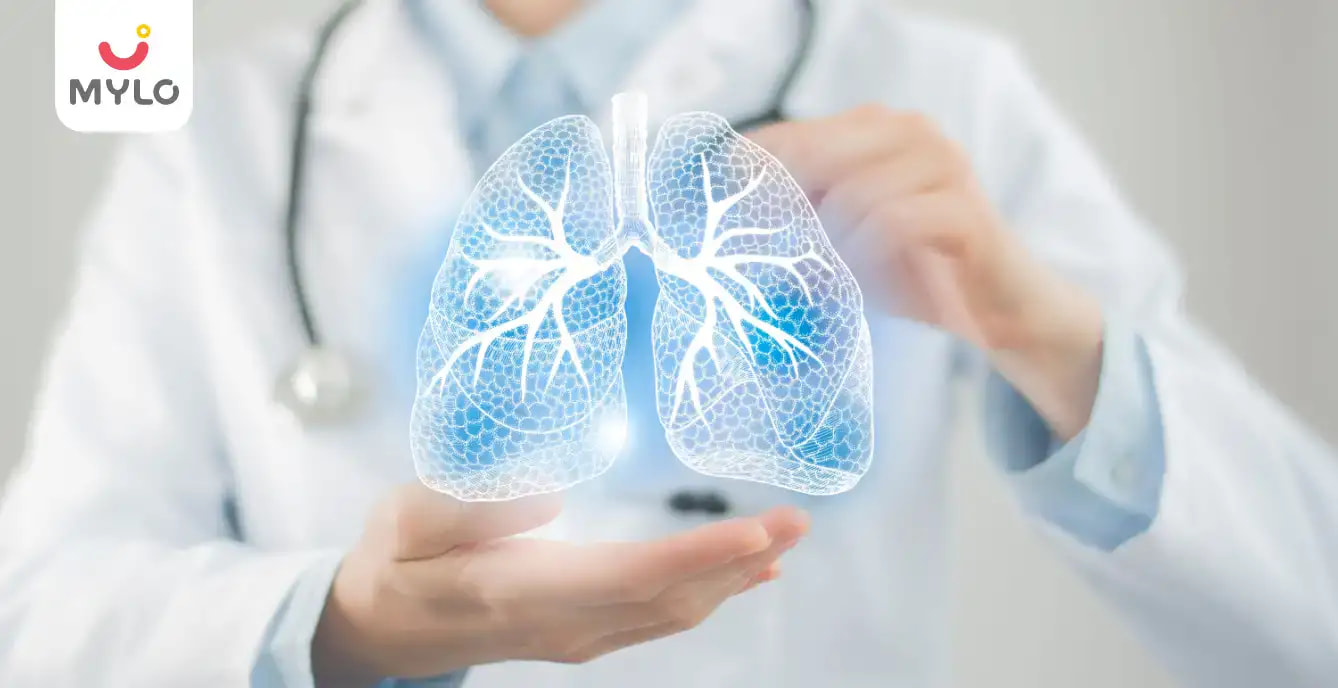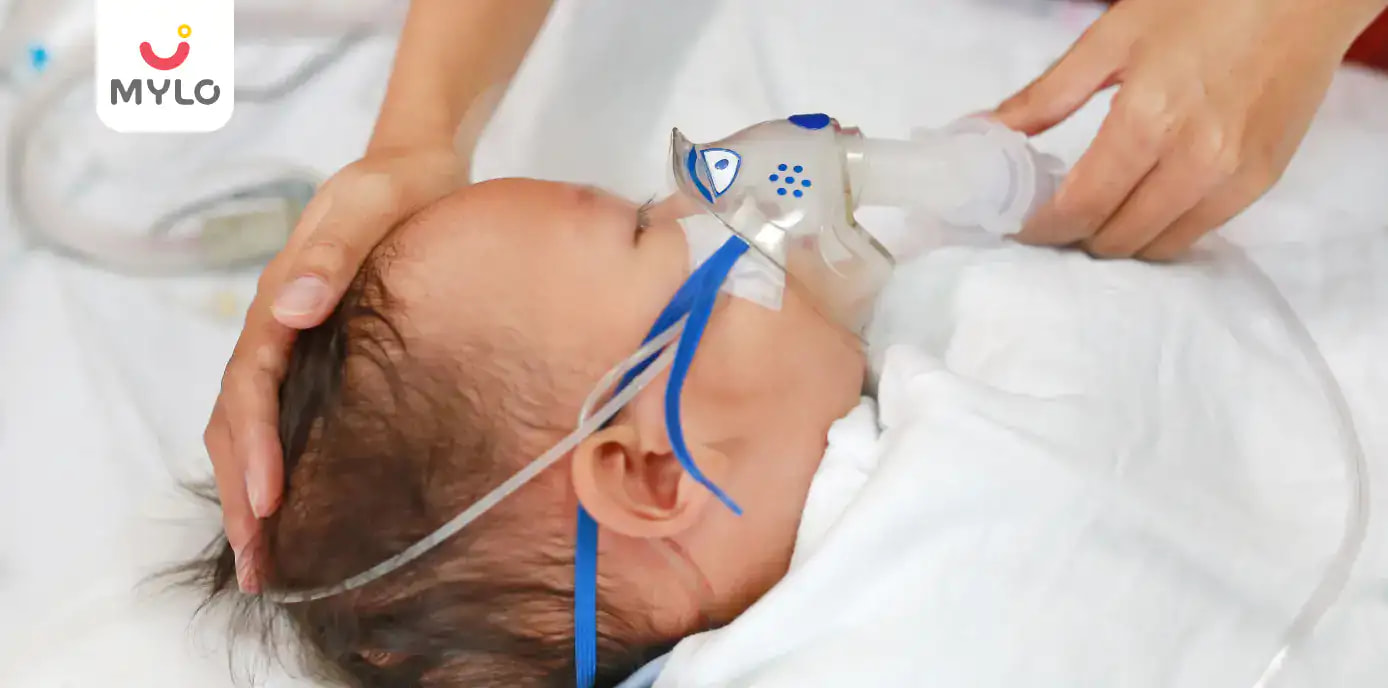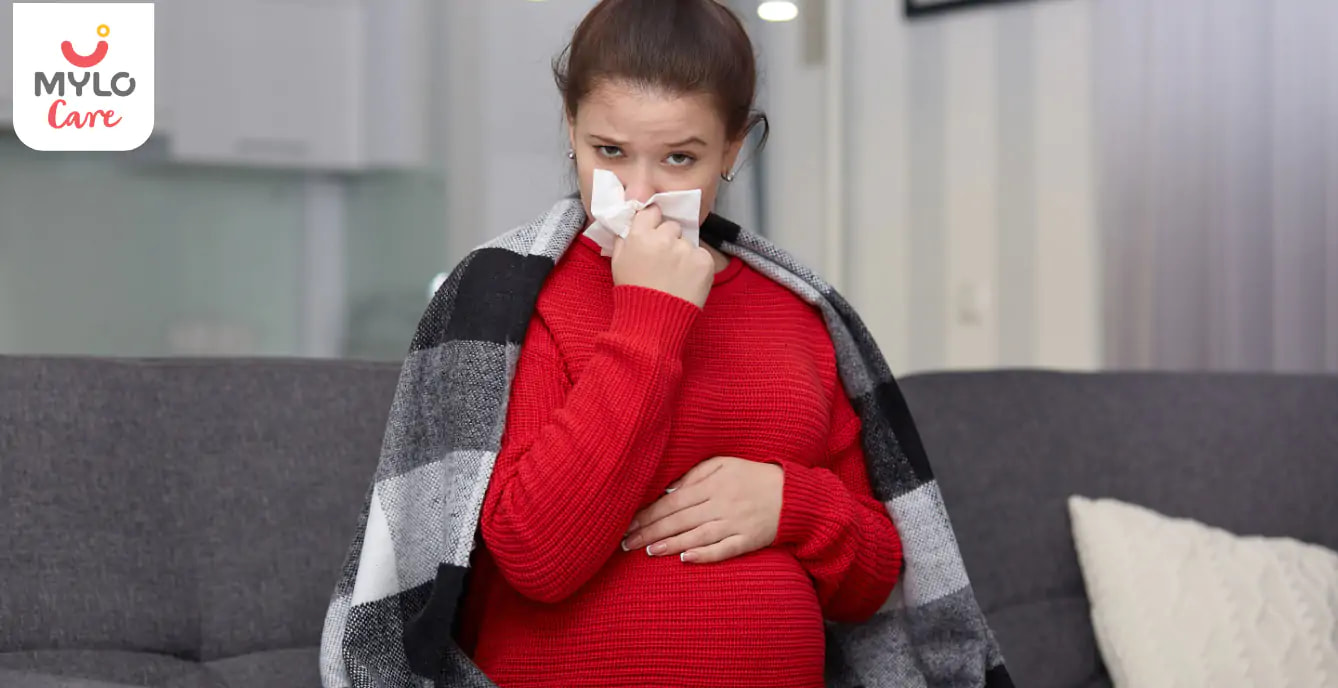Home

Breathlessness

Bronchiectasis: Meaning, Types, Causes, Symptoms & Treatment
In this Article

Breathlessness
Bronchiectasis: Meaning, Types, Causes, Symptoms & Treatment
Updated on 3 November 2023
Bronchiectasis is a condition in which damage to the tubes in the lungs (airways) causes the sacs to dilate or swell. This can make it difficult for mucus to clear from the lungs and lead to frequent infections. A cough with lots of pus and mucus is the main symptom of bronchiectasis. Like bronchiolitis, bronchiectasis cannot be cured but it can be managed with symptom treatment.
What is Bronchiectasis?
Bronchiectasis is a lung disease in which the airways (tubes leading to the lungs) become damaged and enlarged. Damaged airways cannot clear mucus normally. The bacteria then grow in the mucosa causing more inflammation and damage to the lungs. This causes a violent cough as the body tries to expel the infected mucus. The tubes that enter the lungs (airways or bronchi) have a cap to protect them from disease. Although sometimes inflammatory saliva is one of these defences. When mucus cannot be removed it can cause long-term damage to the airways.
Any harmful particles in the mucus get trapped in the airways during inhalation of air. Then millions of tiny hair-like structures (cilia) use a coordinated movement like waves to wash the mucus out of the lungs. This is called mucociliary clearance. When someone coughs or swallows mucus, part of this system malfunctions—if the cilia are damaged or mucus is blocked in the airways—the trapped molecules are broken down by stomach acid in case of a build-up mucus in the lungs. Bacteria get trapped in the mucus and multiply causing infection. Damage caused by such infection can make bronchiectasis worse.
You may also like: 10 Amazing Home Remedies for Cough and Cold in Toddlers
Bronchiectasis Symptoms
Bronchiectasis symptoms include:
- Cough with a lot of phlegm and pus
- Frequent colds
- Bad-smelling phlegm
- Shortness of breath (dyspnea)
- Coughing up blood (hemoptysis)
- Swollen fingertips and swollen nails
You may also like: Is your baby getting breathless frequently? Five things you must know
Sometimes, depending on bronchiectasis causes, the symptoms may be moderate, but one can have a sudden flare-up resulting in an exacerbation. Bronchiectasis symptoms get worse during such episodes. Aggravating symptoms include:
- Extreme fatigue
- Fever
- Chills
- Shortness of breath
- Night sweats
Types of Bronchiectasis
There are two main categories of bronchiectasis - cystic and non-cystic fibrosis.
Cystic Fibrosis Bronchiectasis (CFB)
Cystic fibrosis (CF) is a genetic condition in which thick mucus builds up in patients' lungs causing recurrent pulmonary infections. Similar to bronchiectasis, each cycle of inflammation and infection progressively damages the bronchi, and patients show signs of bronchiectasis.
Non-Cystic Fibrosis Bronchiectasis (NCFB)
Patients can also develop bronchiectasis outside of CF. For instance, if a patient is living with COPD (chronic obstructive pulmonary disease); has damaged cilia (tiny hair-like structures inside the bronchial tube that help clear mucus in the lungs); experiences asthma; or has impaired muscular and nervous system functions that prevent them from clearing mucus naturally, they may develop bronchiectasis symptoms.
You may also like: Childhood Asthma: Symptoms, Causes & Treatment
Who is Affected by Bronchiectasis?
People with conditions that damage the lungs or increase the risk of lung infections are at risk for bronchitis. Examples of such conditions include,
- Cystic fibrosis is the main bronchiectasis cause
- A common variable is immunodeficiency and less commonly HIV and AIDS
- Allergic bronchial aspergillosis is an allergic reaction to a fungus called Aspergillus
- Disorders affecting ciliary function such as primary ciliary dyskinesia can cause bronchiectasis
- Chronic (long-term) pulmonary aspiration that irritates the airways
- Connective tissue diseases such as rheumatoid arthritis, Sjögren's syndrome
- Crohn's disease
You may also like: How to treat wheezing in toddlers?
Is Bronchiectasis a common condition?
Bronchiectasis is a common but often ignored disease. Most of the epidemiological data can be traced to cohorts in the USA and Europe. Cases in low and middle-income countries are low or not reported and diagnosed. In India, the previous history of tuberculosis is often considered to be one of the main bronchiectasis causes.
Bronchiectasis treatment
Bronchodilator therapy helps reduce inflammation to kill bacteria and clear infected mucus. The most common bronchiectasis treatment includes,
- Antibiotics: They can treat infections caused by bacteria.
- Macrolides - Drugs that treat both infection and inflammation.
- Expectorants and mucolytics - These medicines thin mucus and help with coughing.
- Physical therapy.
- Postural drainage and chest thrusts can help loosen and eliminate mucus.
- Breathing exercises help open the airways.
- Medical equipment - Oscillating positive airway pressure (PEP) devices and shock absorbers can malfunction and force mucus out of the lungs.
You may also like: Childhood Disorders: Meaning, Symptoms & Treatment
What is the difference between bronchitis and bronchiectasis?
Bronchiectasis symptoms are similar to those of bronchitis including mucus in the lungs and cough. But bronchiectasis causes permanent enlargement of the airways, whereas bronchitis is a temporary infection that does not cause permanent damage. The discourse on bronchiectasis vs bronchitis goes back a long way. And people often mistake one for the other. But they are significantly different in their impacts. It is thus important to do enough research on bronchitis vs bronchiectasis.
In conclusion, bronchiectasis is a chronic lung condition that can lead to serious health complications if left untreated. It is most advisable to seek guidance from a medical practitioner before proceeding with any form of bronchiectasis treatment.



Written by
Madhavi Gupta
Dr. Madhavi Gupta is an accomplished Ayurvedic doctor specializing in Medical content writing with an experience of over 10 years.
Read MoreGet baby's diet chart, and growth tips

Related Articles
Related Questions
Influenza and boostrix injection kisiko laga hai kya 8 month pregnancy me and q lagta hai ye plz reply me

Hai.... My last period was in feb 24. I tested in 40 th day morning 3:30 .. That is faint line .. I conculed mylo thz app also.... And I asked tha dr wait for 3 to 5 days ... Im also waiting ... Then I test today 4:15 test is sooooo faint ... And I feel in ma body no pregnancy symptoms. What can I do .

Baby kicks KB Marta hai Plz tell mi

PCOD kya hota hai

How to detect pcos

RECENTLY PUBLISHED ARTICLES
our most recent articles

Diet & Nutrition
গর্ভাবস্থায় আলুবোখরা: উপকারিতা ও ঝুঁকি | Prunes During Pregnancy: Benefits & Risks in Bengali

Diet & Nutrition
গর্ভাবস্থায় হিং | ঝুঁকি, সুবিধা এবং অন্যান্য চিকিৎসা | Hing During Pregnancy | Risks, Benefits & Other Treatments in Bengali

Women Specific Issues
স্তনের উপর সাদা দাগ: লক্ষণ, কারণ এবং চিকিৎসা | White Spots on Nipple: Causes, Symptoms, and Treatments in Bengali

Diet & Nutrition
গর্ভাবস্থায় পোহা: উপকারিতা, ধরণ এবং রেসিপি | Poha During Pregnancy: Benefits, Types & Recipes in Bengali

Diet & Nutrition
গর্ভাবস্থায় মাছ: উপকারিতা এবং ঝুঁকি | Fish In Pregnancy: Benefits and Risks in Bengali

Diet & Nutrition
গর্ভাবস্থায় রেড ওয়াইন: পার্শ্ব প্রতিক্রিয়া এবং নির্দেশিকা | Red Wine During Pregnancy: Side Effects & Guidelines in Bengali
- ইনার থাই চ্যাফিং: কারণ, উপসর্গ এবং চিকিৎসা | Inner Thigh Chafing: Causes, Symptoms & Treatment in Bengali
- গর্ভাবস্থায় ব্রাউন রাইস: উপকারিতা ও সতর্কতা | Brown Rice During Pregnancy: Benefits & Precautions in Bengali
- Velamentous Cord Insertion - Precautions, Results & Safety
- Unlock the Secret to Flawless Skin: 7 Must-Have Qualities in a Face Serum
- Unlock the Secret to Radiant Skin: How Vitamin C Serum Can Transform Your Complexion
- Gender No Bar: 10 Reasons Why Everyone Needs a Body Lotion
- Unlock the Secret to Radiant Skin How to Choose the Perfect Body Lotion for Your Skin Type
- Top 10 Reasons to Apply a Body Lotion After Every Bath
- Communication in Toddlers: Milestones & Activities
- How to Improve Vocabulary for Toddlers?
- A Comprehensive Guide to Understanding Placenta Accreta
- Vulvovaginitis in Toddlers Causes, Symptoms and Treatment
- A Comprehensive Guide to Understanding Cerebral Palsy in Children
- Bitter Taste in Mouth During Pregnancy: Understanding the Causes and Remedies


AWARDS AND RECOGNITION

Mylo wins Forbes D2C Disruptor award

Mylo wins The Economic Times Promising Brands 2022
AS SEEN IN
















- Mylo Care: Effective and science-backed personal care and wellness solutions for a joyful you.
- Mylo Baby: Science-backed, gentle and effective personal care & hygiene range for your little one.
- Mylo Community: Trusted and empathetic community of 10mn+ parents and experts.
Product Categories
baby carrier | baby soap | baby wipes | stretch marks cream | baby cream | baby shampoo | baby massage oil | baby hair oil | stretch marks oil | baby body wash | baby powder | baby lotion | diaper rash cream | newborn diapers | teether | baby kajal | baby diapers | cloth diapers |








